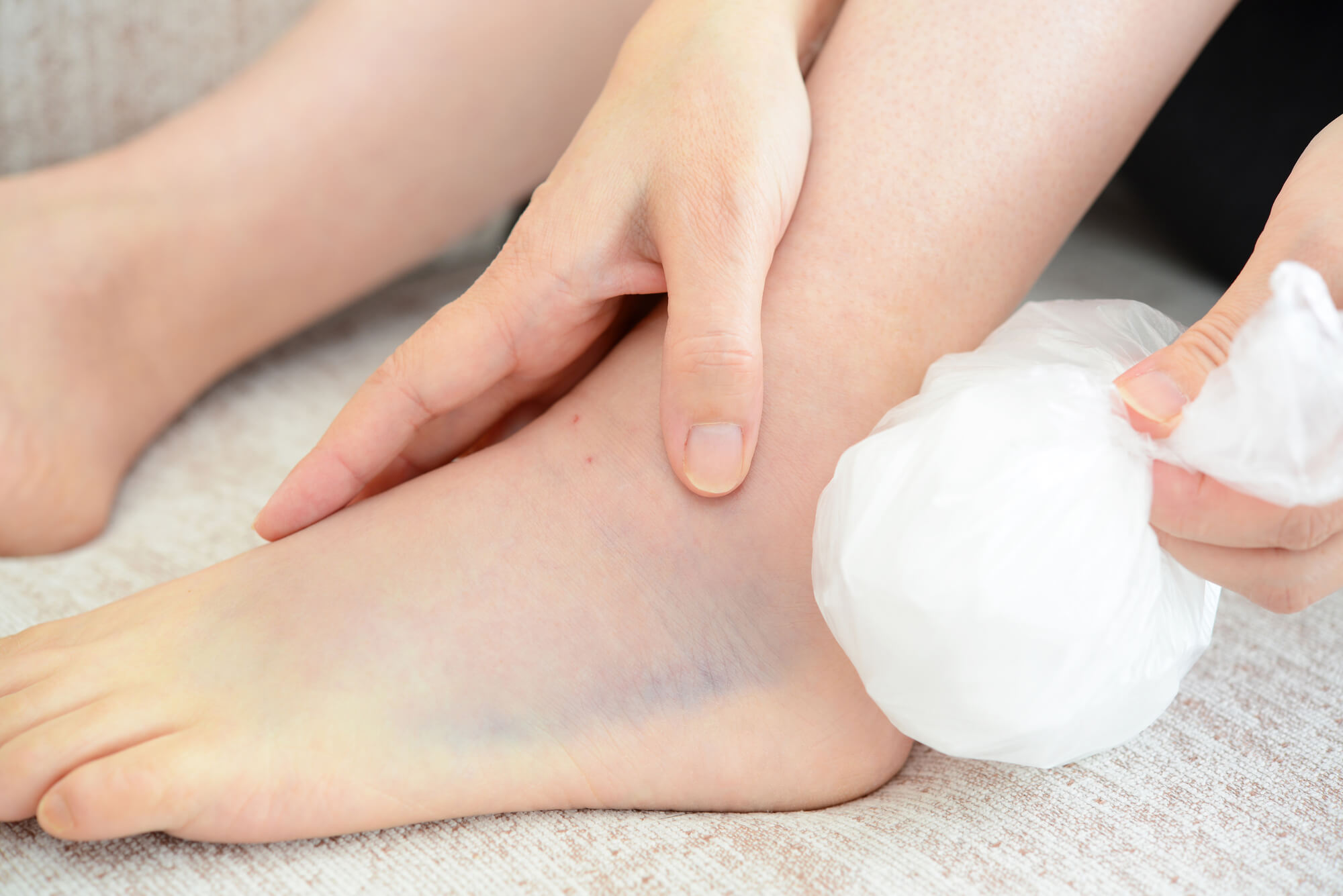Treating Plantar Fasciitis with Ice
This condition is caused by overuse or strain on the plantar fascia, a band of tissue that runs from the heel bone to the toes and supports the arch of the foot. It can be triggered by a number of factors, including poor footwear, obesity, and high-impact activities such as running or dancing.
One of the most effective treatments for plantar fasciitis is ice therapy, which can help reduce inflammation and pain in the affected area. In this article, we will explore the science behind icing injuries, the benefits of ice therapy for plantar fasciitis, and how to properly apply ice to the affected area.
What is Plantar Fasciitis?
The plantar fascia is a band of connective tissue that runs along the bottom of the foot, from the heel bone to the toes. It provides support to the arch of the foot and helps absorb shock as we walk, run, or engage in other physical activities.
Plantar fasciitis occurs when the plantar fascia becomes overworked or strained, resulting in inflammation and pain in the heel or arch of the foot. This can be caused by a variety of factors, including:
- Wearing shoes with inadequate support or cushioning
- Being overweight or obese
- Engaging in high-impact activities such as running or dancing
- Having flat feet or high arches
- Having a job that requires standing for long periods of time
Symptoms of plantar fasciitis include:
- Pain in the heel or arch of the foot, particularly upon waking up in the morning or after periods of inactivity
- Stiffness in the foot or difficulty flexing the toes
- Swelling or tenderness in the affected area
If you are experiencing these symptoms, it is important to see a healthcare professional for proper diagnosis and treatment.

How and Why Icing Injuries Work
Icing injuries are a common practice in the treatment of muscle strains, sprains, and other types of inflammation. The process of applying ice to an injury can help reduce swelling, numb pain, and speed up the healing process.
When ice is applied to the skin, it causes the blood vessels to constrict, reducing blood flow to the affected area. This can help reduce inflammation and swelling by limiting the amount of fluid that accumulates in the injured tissue.
In addition to reducing inflammation, ice can also numb pain receptors in the skin, providing temporary relief from discomfort. This can be especially useful for conditions like plantar fasciitis, which can cause significant pain and discomfort.
It is important to note that ice therapy is most effective when applied immediately after an injury or onset of symptoms. This can help prevent inflammation and swelling from becoming too severe, allowing the body to begin the healing process more quickly.

How to Treat Plantar Fasciitis with Ice: A Step-by-Step Guide
Here is a step-by-step guide for icing your foot to treat plantar fasciitis:
- Gather your supplies: You will need an ice pack or a bag of ice or frozen vegetables, a towel or cloth, and a chair or bed to sit or lie down on.
- Wrap the ice pack in a towel or cloth: This will protect your skin from frostbite and ensure that the ice pack is not too cold against your skin.
- Sit or lie down in a comfortable position: Choose a chair or bed that allows you to elevate your foot and keep it comfortable while icing.
- Apply the ice pack to the affected area: Place the ice pack on the heel or arch of your foot, being careful not to place it directly on your skin.
- Massage the affected area with the ice pack: Massaging can help numb the pain and improve blood flow to the area.
- Ice for 15-20 minutes at a time: Take breaks in between icing sessions to allow your skin to return to a normal temperature.
- Repeat the process several times a day: Ice therapy is most effective when applied several times a day, particularly in the first 48-72 hours after the onset of symptoms.

Conclusion
Ice therapy can be an effective treatment option for reducing inflammation and pain in the heel or arch of the foot caused by plantar fasciitis. By properly applying ice to the affected area, you can help speed up the healing process and alleviate discomfort.
However, it is important to remember that ice therapy is only one part of a comprehensive treatment plan for plantar fasciitis. Other treatment options may include stretching exercises, orthotic inserts, physical therapy, and medication. It is always best to consult with a healthcare professional before starting any new treatment regimen.
Incorporating ice therapy into your treatment plan can help you get back on your feet and feel better faster. Just be sure to follow the guidelines outlined in this article to ensure that you are properly icing your foot and not causing further harm.
FAQ
Can ice therapy help with heel pain caused by plantar fasciitis?
Yes, ice therapy can be an effective treatment option for reducing inflammation and pain in the heel caused by plantar fasciitis. By applying ice to the affected area, you can help reduce swelling and numb pain receptors, providing temporary relief from discomfort.
How often should I use ice to treat plantar fasciitis?
It is generally recommended to ice the affected area for 15-20 minutes at a time, several times a day. It is important not to apply ice for too long, as this can cause frostbite or numbness in the affected area. Take breaks in between icing sessions to allow your skin to return to a normal temperature.
Can I store an ice pack in the freezer for future use?
Yes, you can store an ice pack in the freezer for future use. However, it is important to follow the manufacturer's instructions for proper storage and use. Some ice packs may not be suitable for long-term storage in the freezer, or may need to be thawed before use.

